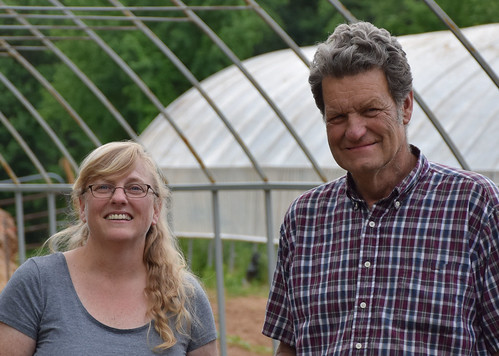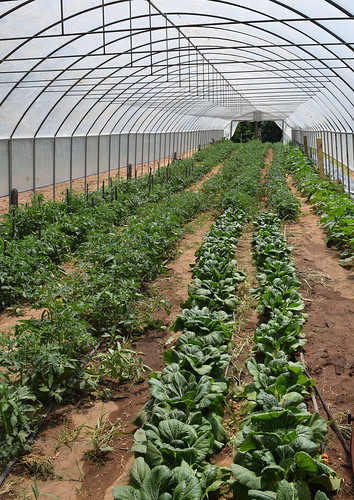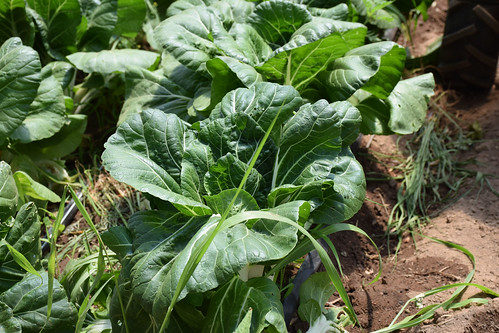
Unlikely partners Brenda Sullivan and Gordon Bednarz share land and grow food, without a formal partnership.
When you meet farmers Gordon Bednarz and Brenda Sullivan, two words come to mind—polar andopposites. But the pair has joined forces in a unique way – sharing land and growing food as partners, without a formal partnership.
And it’s working!
He is the owner of Bednarz Farm in his hometown of Glastonbury. Gordon’s family has been farming there since the 1920s. He farmed his family’s land before and after he graduated from college and throughout his career with the State of Connecticut. Bednarz’s love for the land and dedication to his roots leads him to continue the tradition of old fashioned, New England farming.
In contrast, Mary grew up in California and relocated to the east coast to pursue her education at the University of Connecticut. She began her agricultural career out of necessity. Her daughter’s medical issues led to requirements for a strict, organically-grown diet. Sullivan started a backyard garden, and after much research and networking, she was able to turn her backyard into a business through which she became Connecticut’s first Small Plot Intensive, or SPIN farmer.
The pair met a few years ago at a farmers market and began talking about their passion for all things agriculture. Soon after, Gordon offered Mary a chance to lease a portion of his farm for her ever-increasing crops.

Successful growing is shown in this first-year seasonal high tunnel.
Although he is no stranger to USDA’s Natural Resources Conservation Service (NRCS) and its programs, this year marks Gordon’s initiation into the world of seasonal high tunnels. He applied for the high tunnel through NRCS’ Environmental Quality Incentives Program. Seasonal high tunnels enable producers to begin their growing season early, and go late into the year by shielding the crops from the cold weather.
Bednarz says he sees the tunnel as a way to bring in profits both early and late in the season. Pointing out that during the peak growing season, locally-grown tomatoes are so plentiful you have to practically give them away; he hopes having them available earlier and later will mean greater financial success—keeping his farm going. He’s also noticed the plastic layer of the tunnel keeps the plants better hydrated and shielded from the sun—something quite helpful as this summer continues to be hot and dry.
Although he’s still in testing-mode, Bednarz gives the process a thumb’s up. From the application process, which he reports went seamlessly, to his very successful early tomatoes and colorful kale, he’s happy so far. So happy, in fact, that he has mentioned sharing a portion of tunnel space with Mary for her latest venture—growing tea.
Using Gordon’s years of Yankee ingenuity, and Mary’s knack for promotion and social media, the two have started their own Community Supported Agriculture (CSA) venture. They are continuing the trend of growing and selling together, but separate.
So what makes two such different people work together so well? Philosophy. Asked separately, they both had eerily similar answers: live a locally focused life; do what comes naturally; live as naturally and simply as possible; be open to opportunities; and, most importantly, help each other.
Looks like they’ve got it covered.

Healthy greens growing in the seasonal high tunnel.
No comments:
Post a Comment
Note: Only a member of this blog may post a comment.